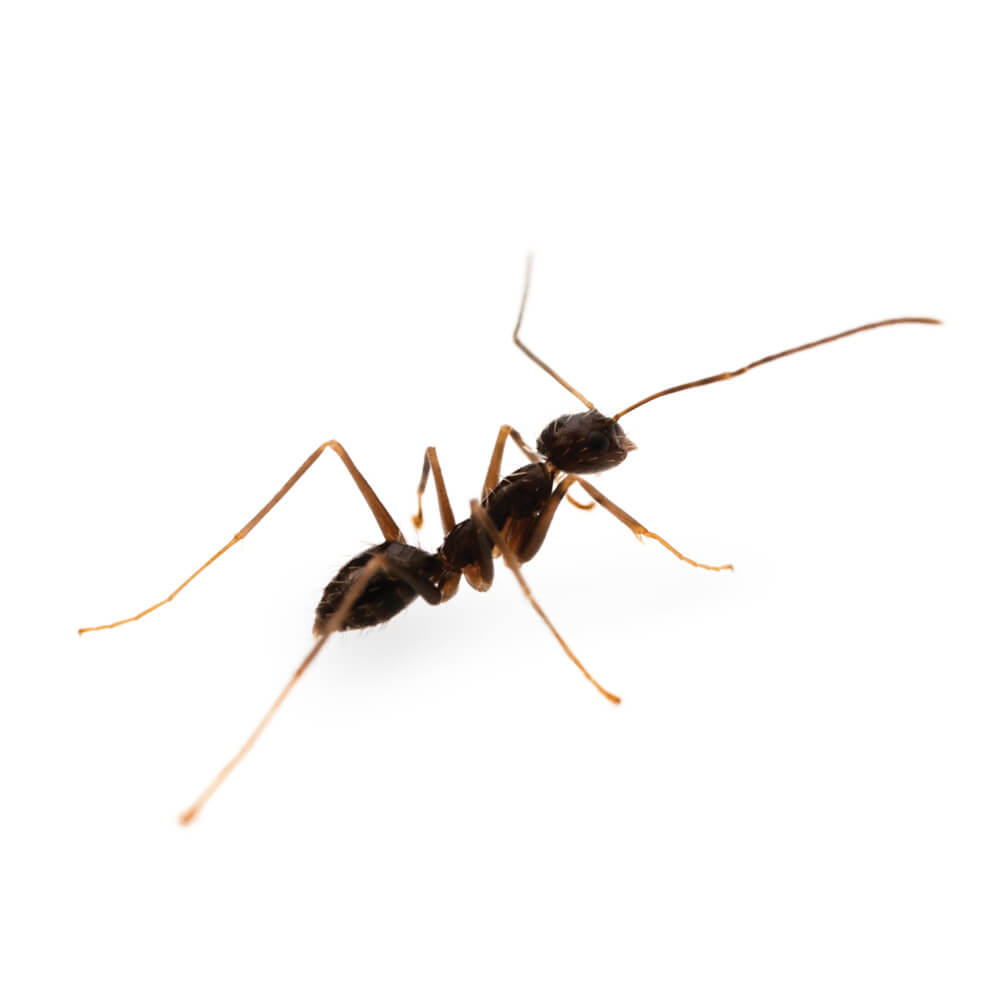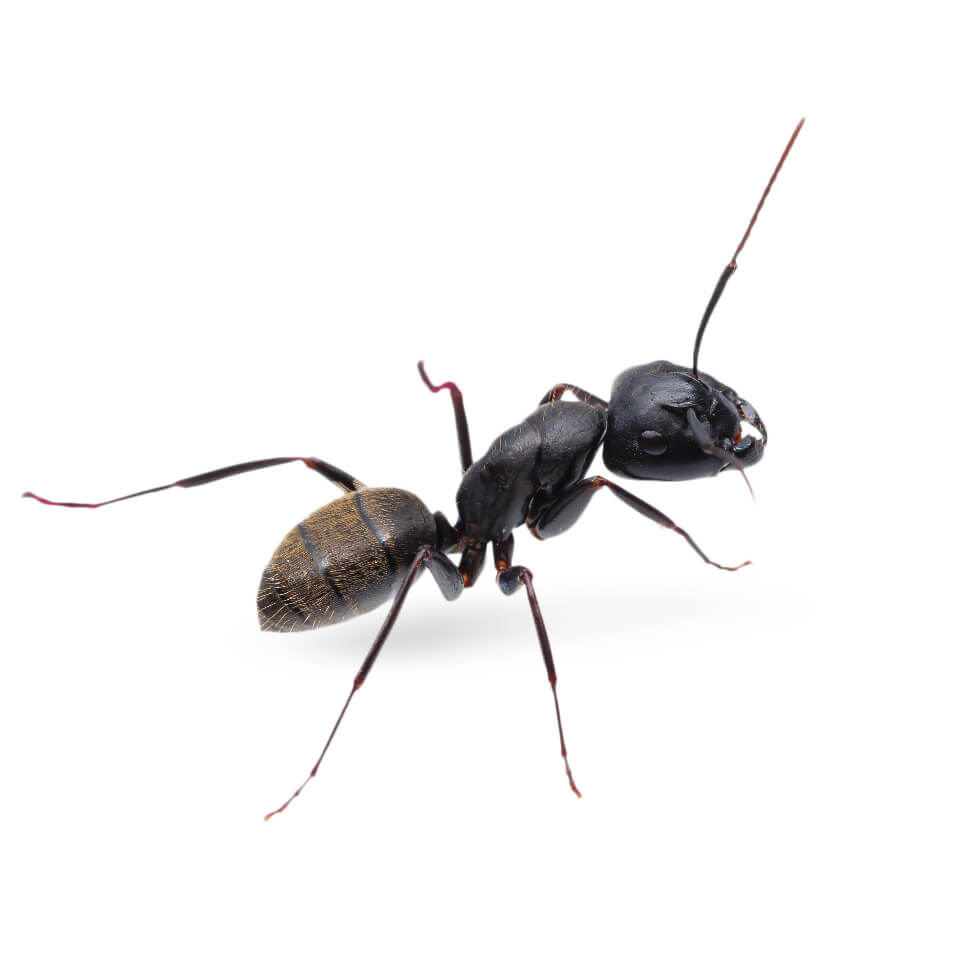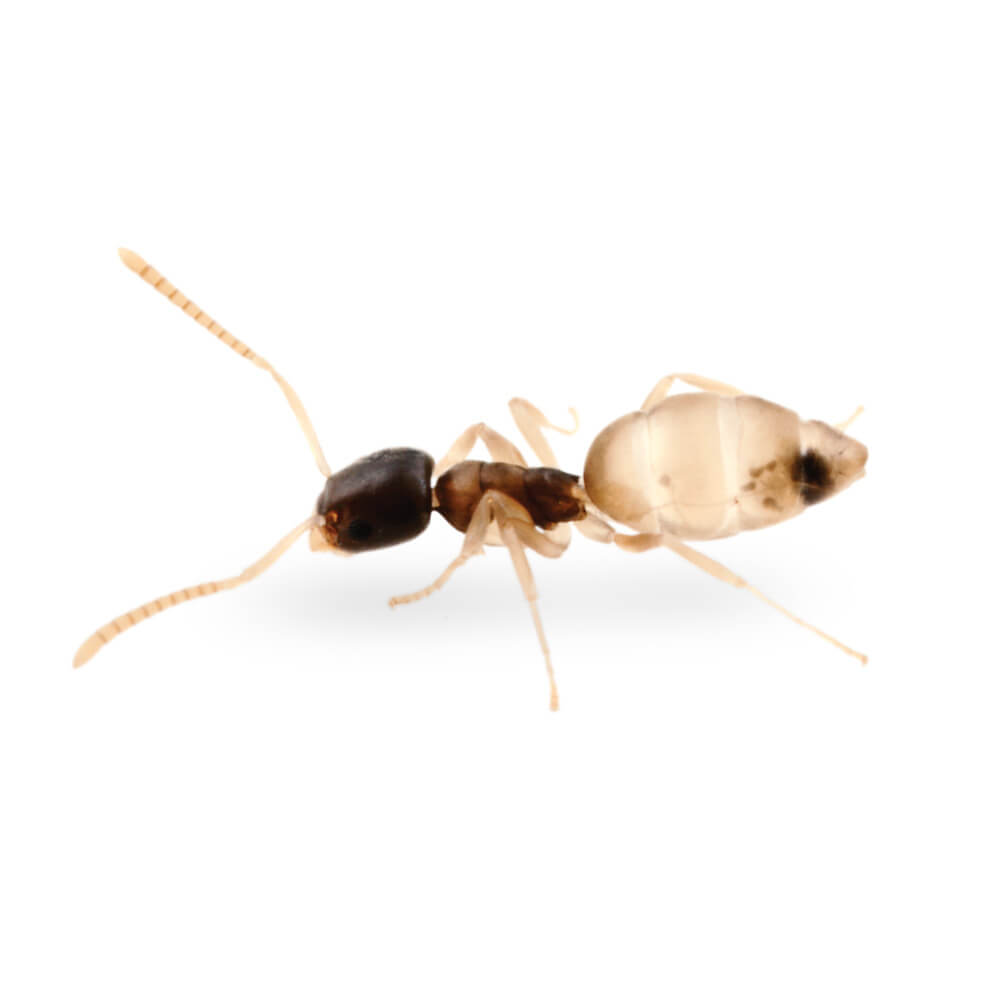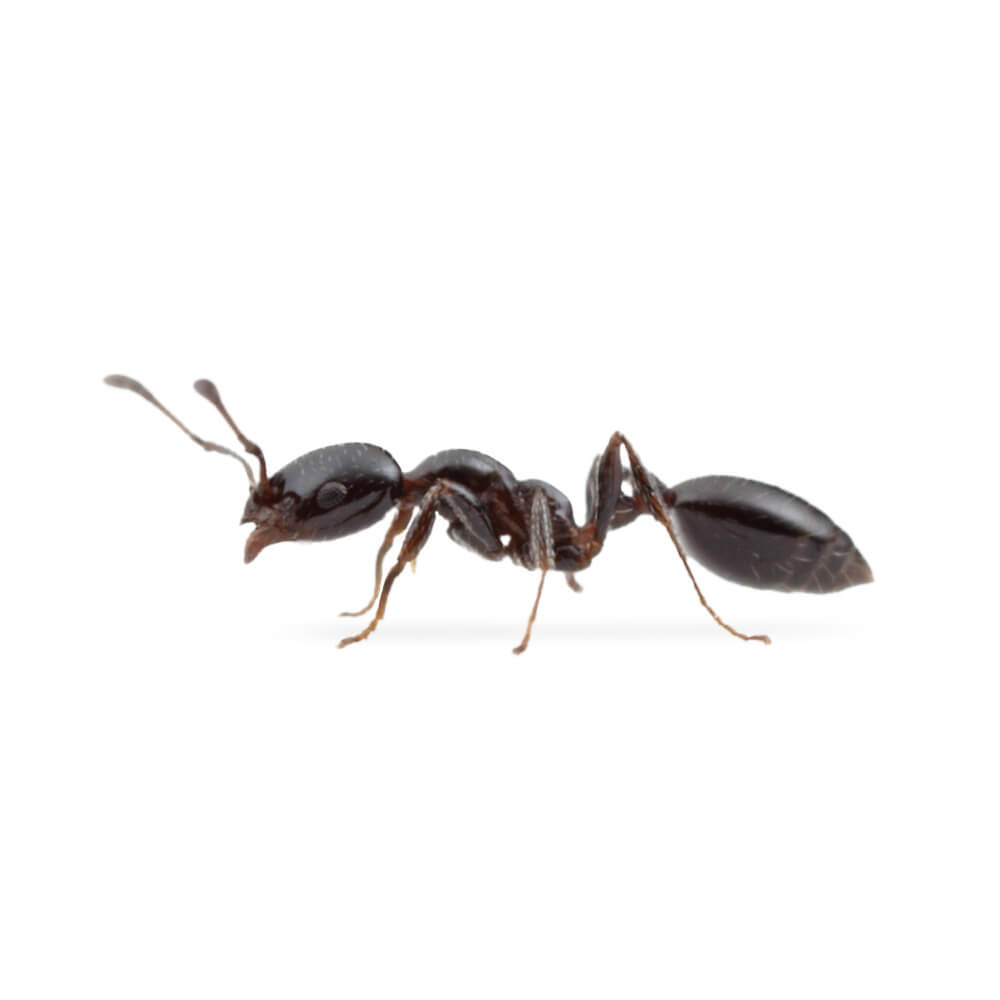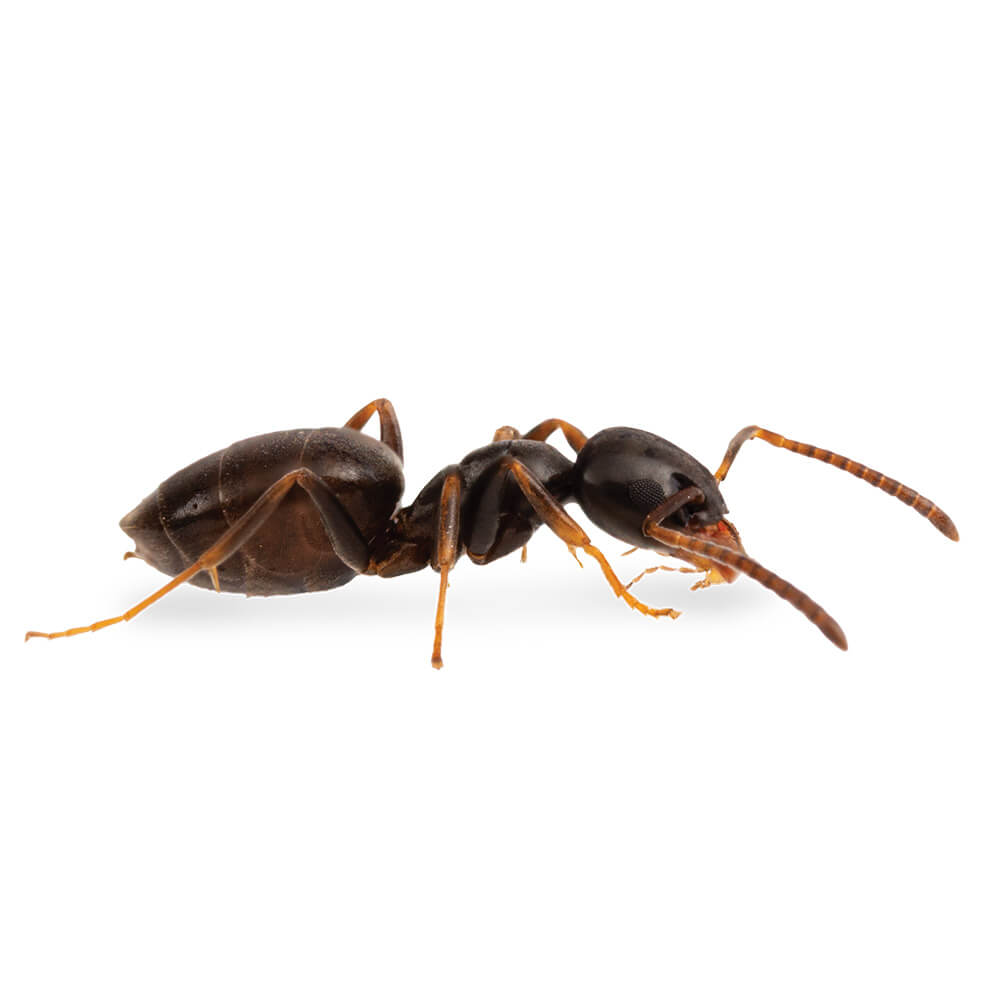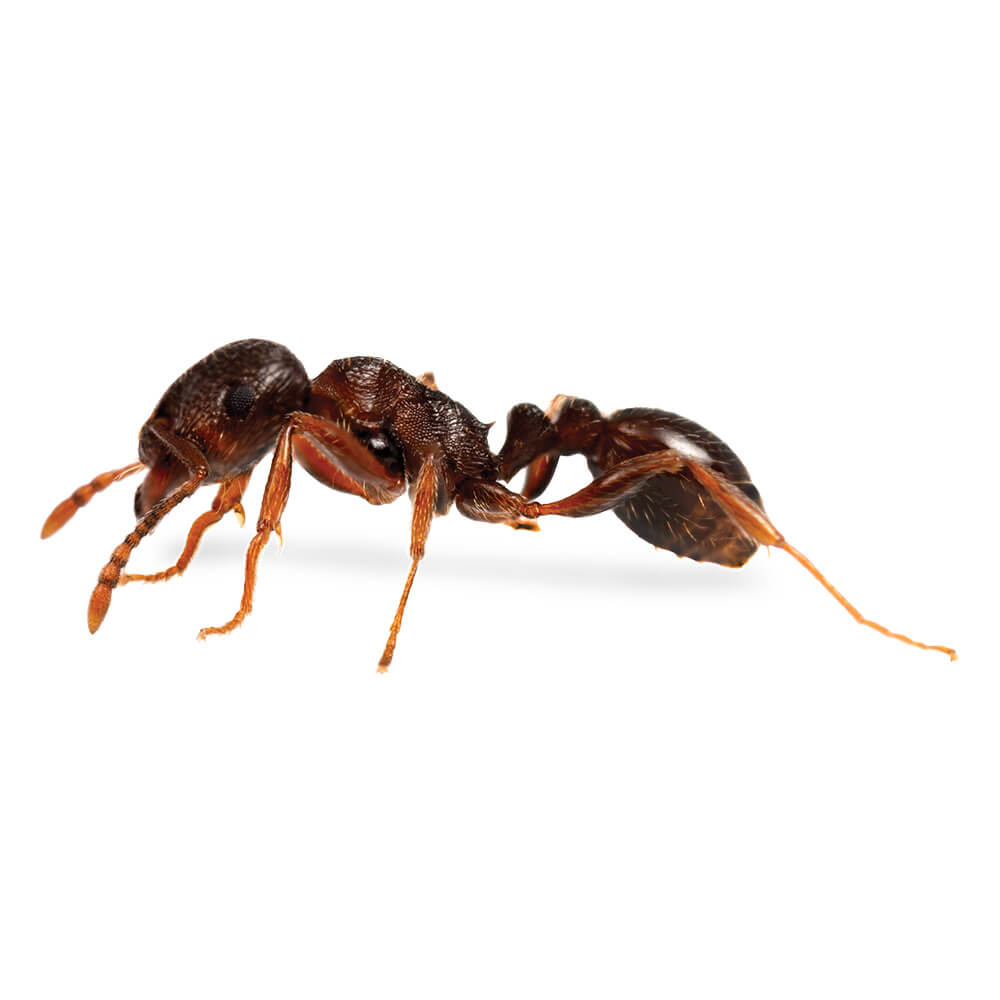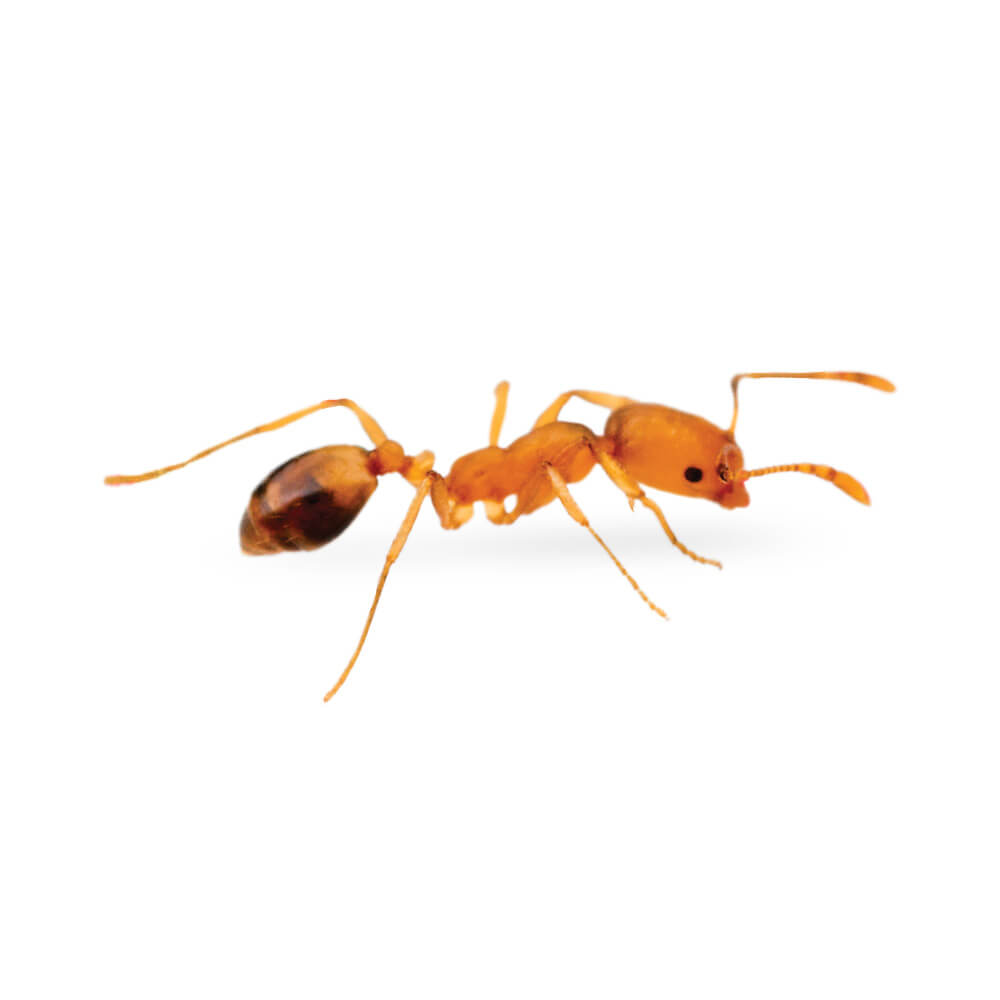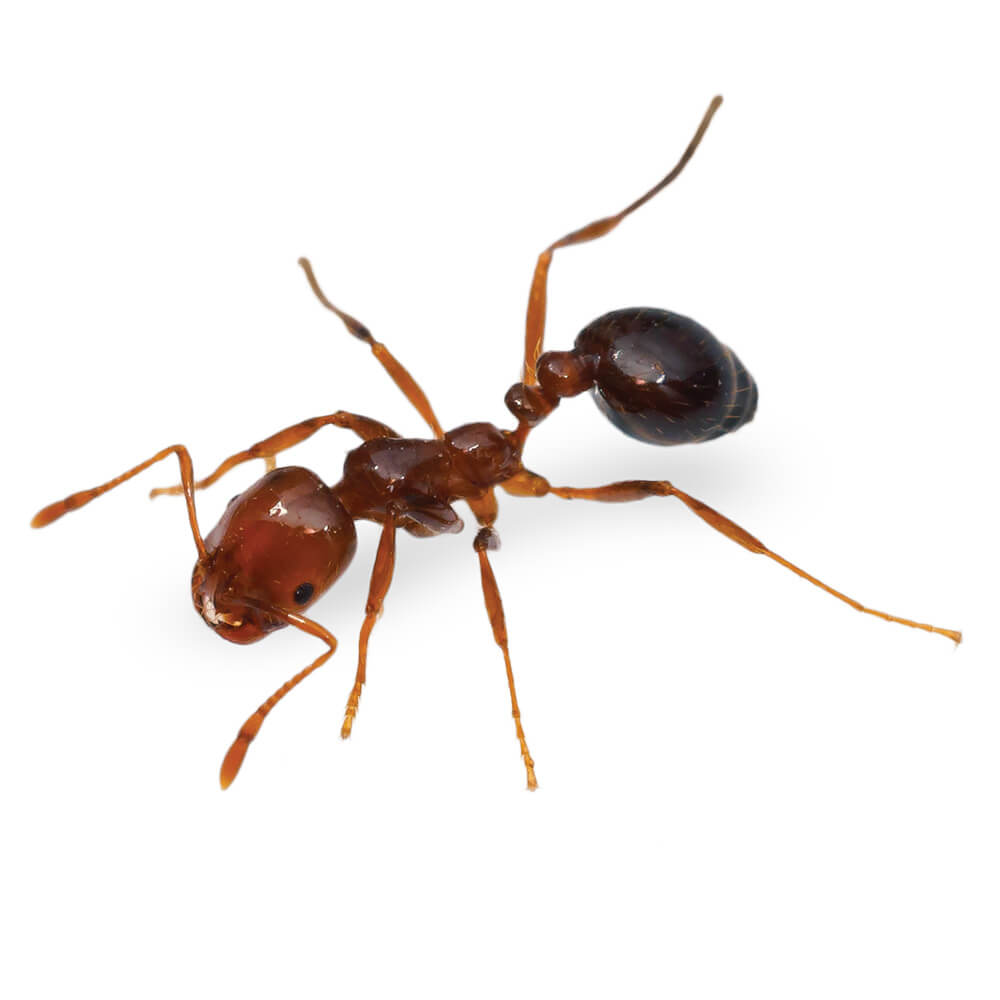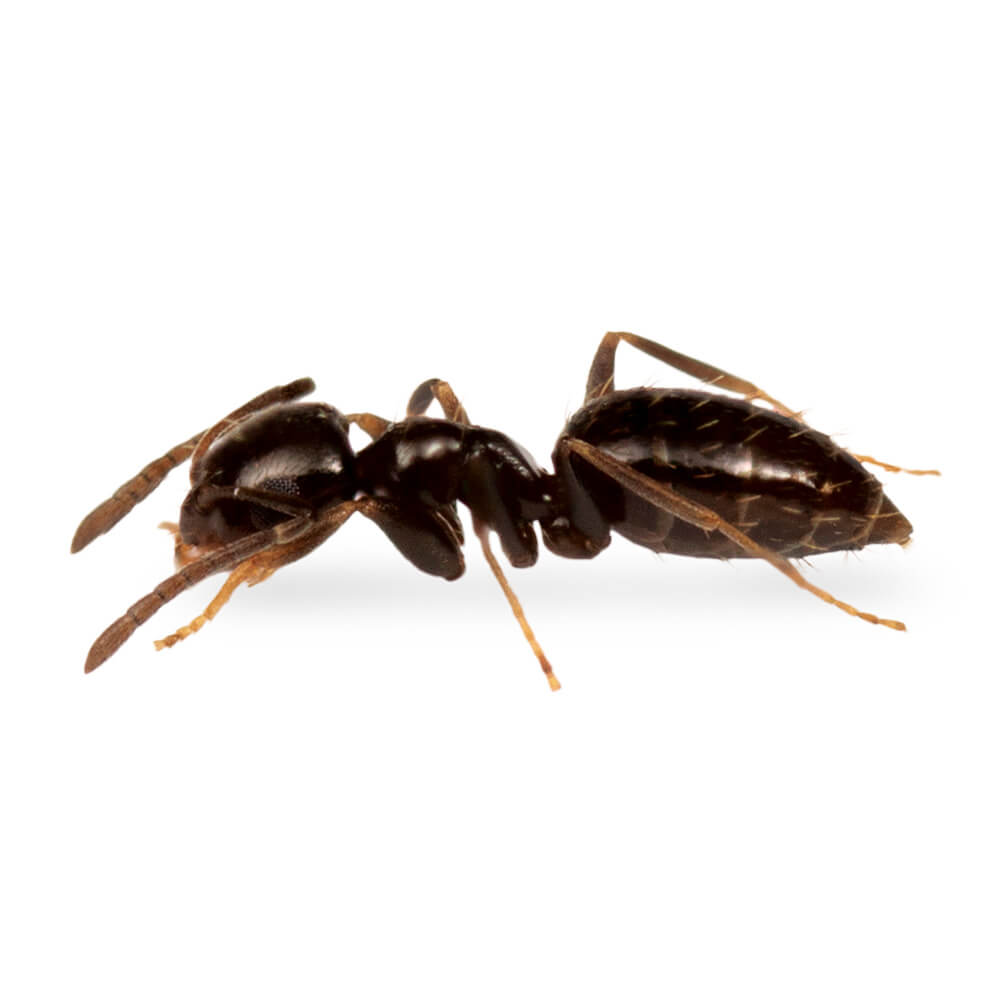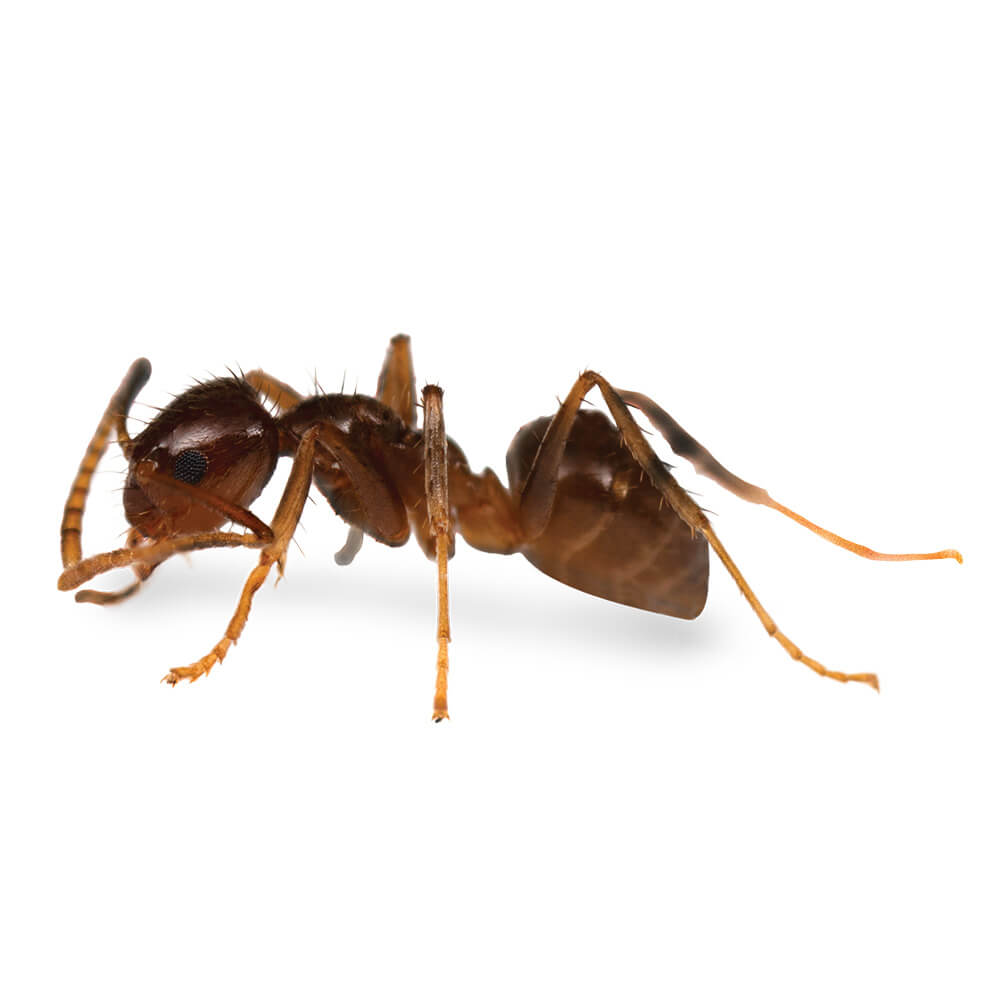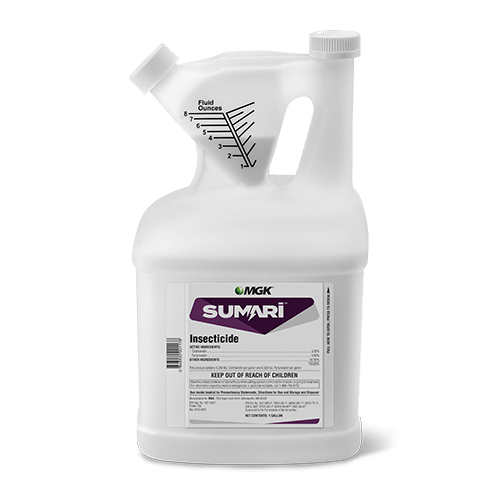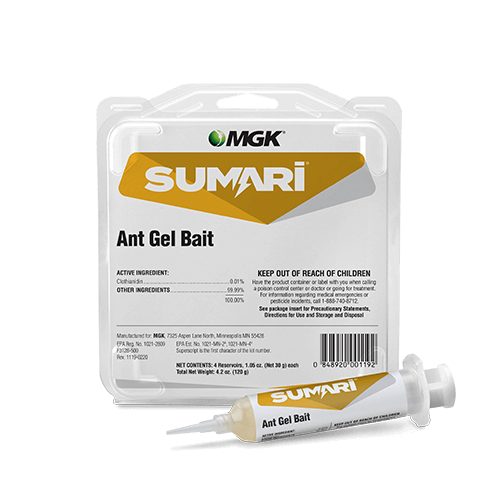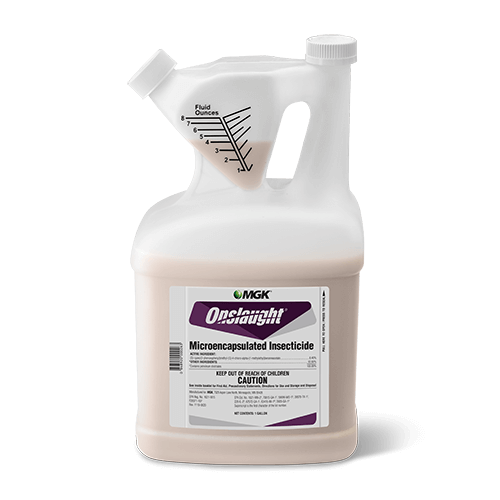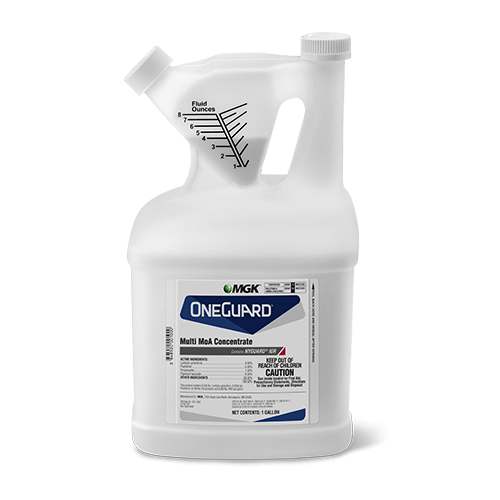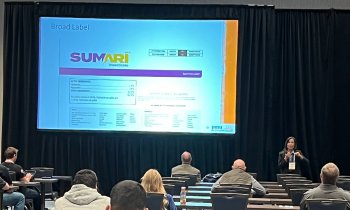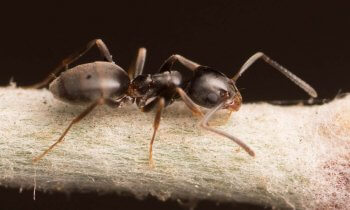Tips & Tricks for Ant Control
Pay attention to direction
Look for trailing ants. If foragers are moving solid food away from the structure, focus your inspection outdoors. If foragers are moving solid food into the structure, focus on the interior or crawlspace.
Lure them out with food to find hidden nests
Locating trailing ants is critical. Have your customer pre-bait the ants before you arrive, if they are willing. Have them place a food source like honey, syrup, etc. in areas where they have seen ants (use a piece of wax paper for easy cleanup).
Ask the right questions
Customers can give vital information that will focus your inspection. When an ant colony is in a wall void or under the structure, foraging ants can find food in the structure even during a rain event. Ask if the activity stops when it is raining.
Educate your customer
Homeowners will often treat with over-the-counter products even after you have performed proper treatment. Explain that such action will not only make your baiting program less effective, it can make the problem worse.
Attract-and-kill
Enhance performance of a liquid concentrate like Sumari® Insecticide by baiting in the treated area. This will increase the number of ants that contact the treated surface, and the combination of bait and non-repellent will reach deep into the colony.
Don’t lure them inside if they aren’t there
When a colony is nesting on the exterior of the structure it is important to limit the food sources on the interior, including the use of baits.
Ants can be picky
At some point, everyone has applied a bait that was ignored by trailing ants. One reason might be the colony fragment is not looking for food but is moving between nesting sites. Try several baits to determine which is most effective.
Forget the paradigm “Kill the queen, kill the colony”
With highly polygyne species, there can be hundreds of queens across multiple nests. Affect the most ants possible within the first few days of treatment by using baits and transferable non-repellents together.
Look along edges and corners
Ants like to follow structural guidelines when foraging. Look for ant trails along edges and corners such as mortar lines of brick, soffits and edges of patios. Pull grass and other vegetation away from the foundation to check for ant trails and colonies.
Be prepared during inspections
Carry a compressed air sprayer and bait with you when inspecting for ant colonies to drench these as they are uncovered. Disturbed colonies can vanish within minutes and not be present when returning for treatment.
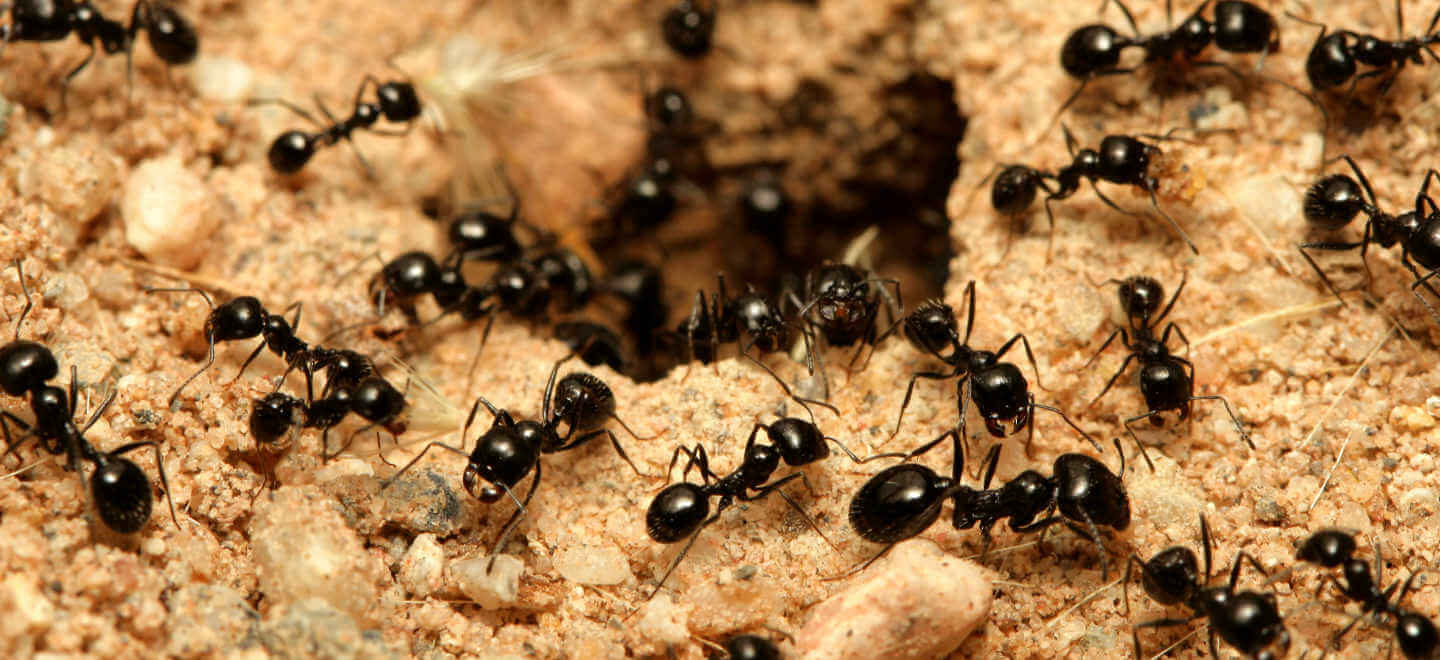

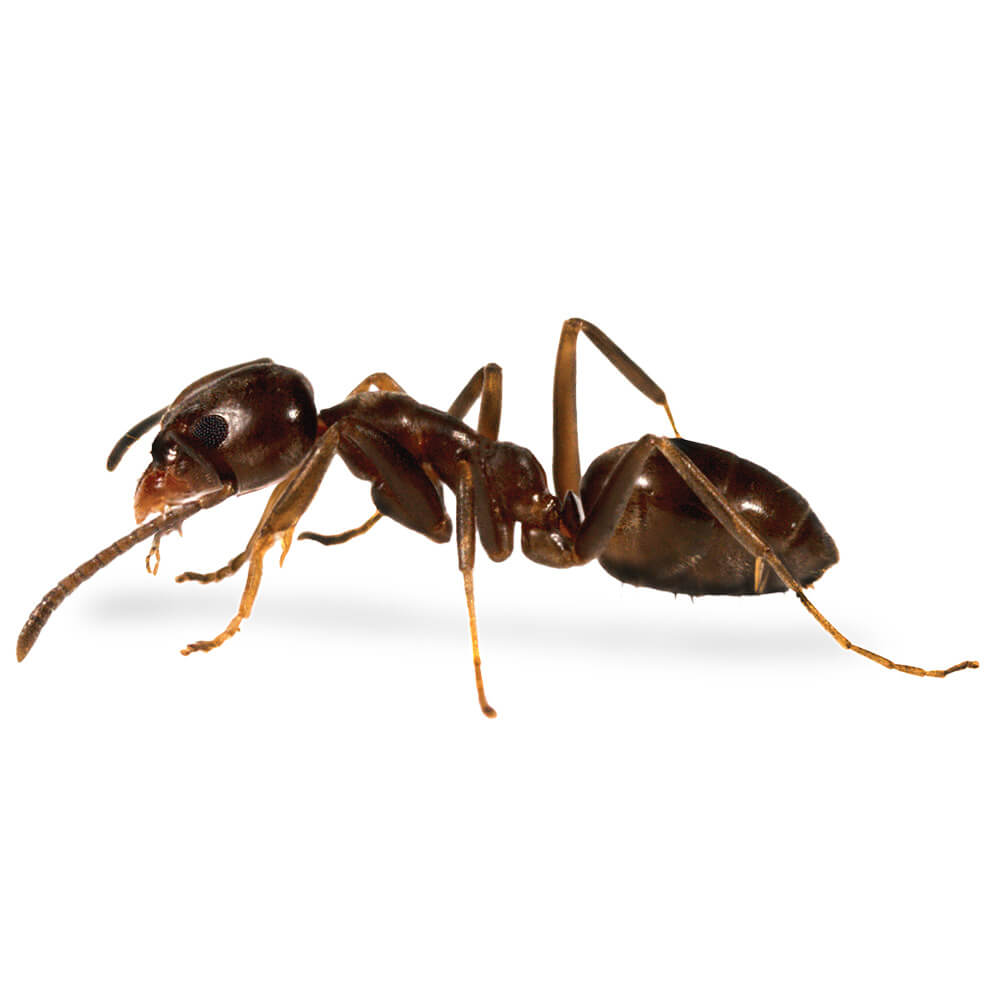
 Argentine Ant
Argentine Ant 
